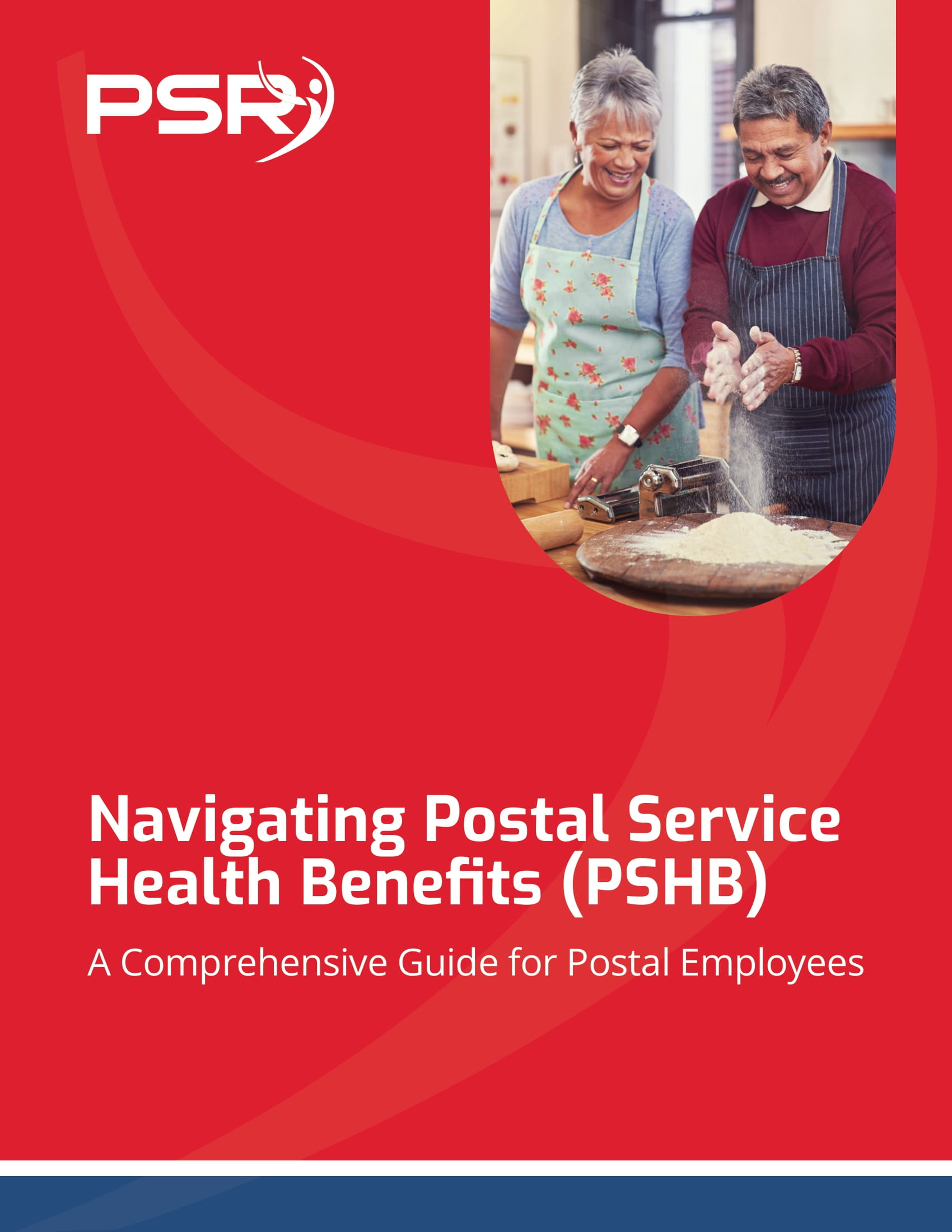Key Takeaways:
- Federal employee benefits offer substantial financial and health support, but many miss out on maximizing them due to lack of awareness.
- By evaluating your current use of benefits, such as health plans and retirement options, you can ensure you’re making the most of the opportunities available.
Understanding the Full Scope of Federal Employee Benefits
As a federal employee, you’ve likely heard about the great benefits package that comes with the job, but how much of it are you actually taking advantage of? Whether you’re new to federal employment or have been working for years, it’s worth asking yourself: are you really making the most of your federal employee benefits?
- Also Read: New Rules for Federal Employees in 2025: What You Need to Know to Stay Ahead
- Also Read: Seven TSP Fund Allocation Strategies Federal Employees Are Using to Strengthen Their Retirement Portfolios
- Also Read: Military Buyback for Federal Employees: Is It Really Worth It? Here’s What You Need to Weigh Up
Are You Using Your Federal Health Insurance Effectively?
Health insurance is likely one of the most significant benefits you have as a federal employee. But, are you using it efficiently? One of the most important things to do is regularly review your plan and make sure it still fits your needs. Life changes—such as marriage, having children, or even just growing older—can alter the type of health coverage you require.
Evaluate your plan annually: The Federal Employees Health Benefits (FEHB) program allows you to choose from multiple plan options. Each year, during open season (which typically occurs between mid-November and mid-December), you have the opportunity to switch plans or make adjustments. But even if you’re happy with your current plan, reviewing it to compare its coverage, premium costs, and out-of-pocket expenses with other options is a smart move.
Make use of preventive care services: Many health plans offer free or low-cost preventive care services, including annual physicals, vaccines, and screenings. By staying on top of these, you can not only catch health issues early but also avoid larger medical expenses down the road.
Are You Contributing Enough to Your Thrift Savings Plan (TSP)?
The Thrift Savings Plan (TSP) is a cornerstone of your federal retirement benefits. But how much are you really contributing, and is it enough to meet your retirement goals?
Maximize the employer match: One of the best parts of the TSP is the government match. The government automatically contributes 1% of your salary to your TSP, regardless of what you contribute, and will match up to 5% of your contributions. If you’re not contributing at least 5%, you’re leaving free money on the table. In 2024, the TSP contribution limit is $23,000 for employees under 50, with an additional $7,500 allowed as catch-up contributions for those 50 and older.
Diversify your investment choices: The TSP offers various fund options that range from low-risk (G Fund) to more aggressive options (C, S, and I Funds). If you’re unsure where to allocate your contributions, it’s worth reviewing your financial goals or consulting a financial planner. Remember, adjusting your contributions based on your risk tolerance and retirement timeline can significantly impact your nest egg when you retire.
What About Your Life Insurance Options?
Life insurance is another crucial benefit many federal employees overlook. Through the Federal Employees’ Group Life Insurance (FEGLI) program, you have access to term life insurance that can provide financial protection for your family. But the question is: are you using this benefit to its full potential?
Review your coverage amount: Life circumstances change, and so should your life insurance coverage. If you have dependents or significant financial obligations, your current coverage may not be enough. FEGLI allows you to adjust your coverage, and it’s a good idea to periodically review whether you need to increase or decrease your policy amount based on your current needs.
Consider supplementing your policy: While FEGLI is convenient, it’s important to compare it to other life insurance options outside of federal employment. Sometimes, supplemental life insurance can offer better coverage at competitive rates.
Have You Thought About Long-Term Care Insurance?
Long-term care insurance is something many people don’t think about until it’s too late. The Federal Long Term Care Insurance Program (FLTCIP) offers policies to federal employees that can help cover the costs associated with long-term care—services that are not typically covered by health insurance or Medicare.
Consider your long-term care needs early: It’s a mistake to put off long-term care planning. As you get older, the cost of long-term care insurance rises, and you may not qualify if you develop certain health conditions. In 2024, federal employees can take advantage of this program while they are still in good health, securing lower premiums and ensuring coverage if and when they need it.
Flexible Spending Accounts: Are You Taking Advantage?
Federal employees have the option to enroll in a Flexible Spending Account (FSA), which allows you to set aside pre-tax dollars to pay for eligible healthcare or dependent care expenses. But are you utilizing this benefit to its full extent?
Review your annual contributions: The maximum contribution limit for healthcare FSAs in 2024 is $3,200, and for dependent care FSAs, it’s $5,000. Depending on your out-of-pocket medical expenses or child care needs, contributing the maximum can save you a significant amount of money in taxes.
Use it or lose it: FSAs operate under a “use it or lose it” rule, meaning you’ll need to spend the money in your account by the end of the year, or you’ll forfeit the remaining balance. However, some plans allow you to carry over a portion of the funds to the next year. Make sure you’re aware of the rules for your specific plan so you don’t leave money unspent.
Are You Making the Most of Federal Leave Benefits?
Paid leave is another major perk of working as a federal employee. But are you using your leave wisely?
Plan for vacations and personal days: Federal employees receive a generous amount of paid vacation days and sick leave. If you’re not planning your time off, you may find yourself scrambling to use it before the end of the year. Make sure to plan your vacations and personal days to avoid burnout and fully enjoy the work-life balance that federal employment offers.
Accumulate sick leave for retirement: Unlike annual leave, unused sick leave can be added to your retirement service credit. This means that every day of unused sick leave counts towards your pension. By saving up your sick leave rather than using it for minor illnesses, you can potentially increase your pension payments upon retirement.
Are You Overlooking Any Hidden Benefits?
Sometimes, the benefits you’re eligible for as a federal employee aren’t as obvious. For example, federal employees have access to discounts on services, tuition assistance programs, and employee wellness programs.
Stay informed: Federal employment benefits can change over time, and staying informed about new or updated programs is key to making the most of your benefits. Be sure to regularly check your employee portal and attend any benefits briefings offered by your agency.
Maximize Your Benefits Now
The federal benefits package is comprehensive, but it’s easy to leave some benefits underutilized. By reviewing your current health coverage, retirement contributions, and additional insurance options, you can take full advantage of everything available to you as a federal employee. Make 2024 the year you fully capitalize on the perks of federal employment.












